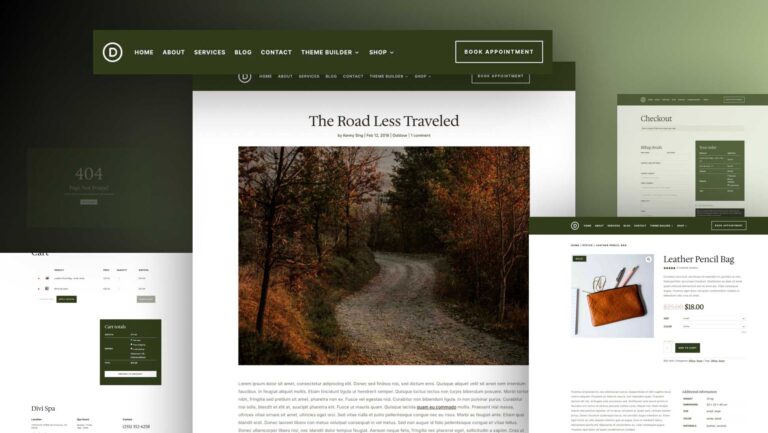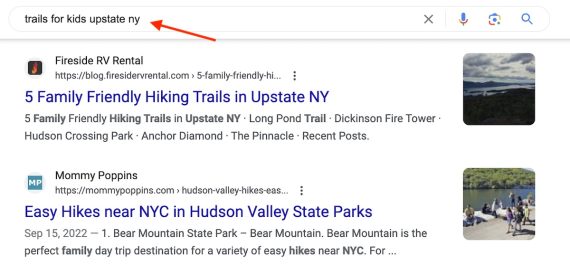I am a proud member of Generation X, a generation known for being independent and apathetic. However, I find myself nostalgic for the culture of those days, particularly the music, movies, and television of the 90s. One thing I miss is the idea of a shared experience, where everyone participates in a cultural event like watching the finale of a TV show or a big sporting event. These shared experiences are harder to come by now, but the web offers a different kind of shared experience – one that focuses on consistency for users.
In the past, television was the medium that brought people together for shared experiences. While there were different screen sizes and models, the core functionality was the same, and content creators didn’t have to worry about compatibility. The web used to be similar, with everyone viewing websites on desktop devices. However, those days are long gone.
Nowadays, we experience the web in various ways, with mobile devices being the most common. But there are many variables to consider – different viewports, processing power, and internet connection speeds. Desktop and laptop devices are still relevant, and even they are becoming more complex with high-definition screens and larger resolutions. There are also other devices like televisions, automotive infotainment screens, and smart appliances that can access the web. The web is everywhere, and we experience it differently on each device.
Creating a seamless experience across all these devices may seem impossible, but there are steps web designers can take to provide the best experience possible. One key point is to aim for simplicity in design. Complicated design features may look great on one device but can be difficult to scale and adapt to different viewports. Complexity hurts consistency, so it’s better to implement simple solutions that can withstand different scenarios.
Using standards and best practices is also crucial. While there may be multiple ways to achieve a specific layout, not all methods are equal. Employing hacks and workarounds can result in an inconsistent user experience and may even drive users away. CSS and HTML provide proven techniques for building stable and semantic layouts, with strong browser support.
Understanding what’s important to the user experience is another essential aspect. Not every feature needs to be replicated on all screens. Some features, like sliders, work best on larger screens but can be clunky on mobile devices. It’s important to focus on what’s most important to users, how they interact with features and consume content, and maintaining consistent branding. Elements should adapt to screens logically, and it’s okay to remove elements that don’t align with this strategy.
Despite the many variables in play, it is possible to create a consistent user experience on the web. Just like the shared experiences of the 90s, where the content remained the same regardless of the device used to watch it, the web can provide a similar sense of understanding and consistency for users. The ideals of a shared experience may not be long gone; they have simply been repurposed for a new era.
In conclusion, while the web offers a different kind of shared experience compared to the cultural phenomena of the past, it still has the potential to bring people together and ensure consistency for users across various devices. Web designers can strive for simplicity in design, use standards and best practices, and prioritize what’s important to the user experience to create a holistic and consistent web experience.






